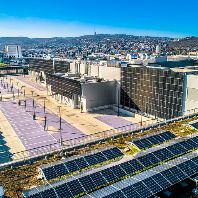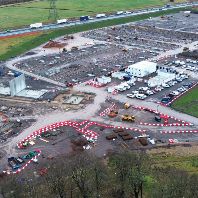Supply is expected to increase in the Irish investment market in 2011 as banks, receivers and NAMA seek to initiate the disposal of assets, according to research by international real estate advisor Savills.
The year has opened with a pipeline of deals still to close from 2010 and a strong demand from international investors who are seeking prime opportunities.
The predictions follow an improved investment turnover in 2010, which doubled that of 2009. In total 47 deals completed in 2010, over twice the amount completed in 2009, with a total value of 270 million compared to 140 million in 2009. The increase in the volume of deals, Savills says, is a reflection of the correction in values, which took place in 2009 and throughout 2010. Retail investments accounted for 55% of the value transacted, office investments at 40% and only 11.5 million was transacted in 2010 on investment property.
Michael Clarke, associate in the Savills investment division in Ireland, says: "The majority of transactions completed in 2010 were by Irish investors who were able to secure finance on the lot sizes on offer. These were considerably smaller than in previous years, with a number in the 10 million or less price bracket.
"We have however seen increased appetite from international investors and interestingly of the properties transacted, over 70% involved properties with secure covenants and leased to multi-nationals. We expect to see more international and institutional investors activity if secure prime supply becomes available."
Joan Henry, Head of Research at Savills Ireland, says: "Supply of prime assets is currently at its lowest level in a decade the market is poised for sales of prime stock by NAMA, banks and receivers."
Savills data indicates prime office yields are in the region of 7-7.5.0% while prime retail yields stand in the region of 6.5%. Prime industrial yields are currently 9+%. For long-term secured assets, Savills expects values to hold at or close to current levels, but for secondary assets values are expected to remain under pressure.
Source: Savills















